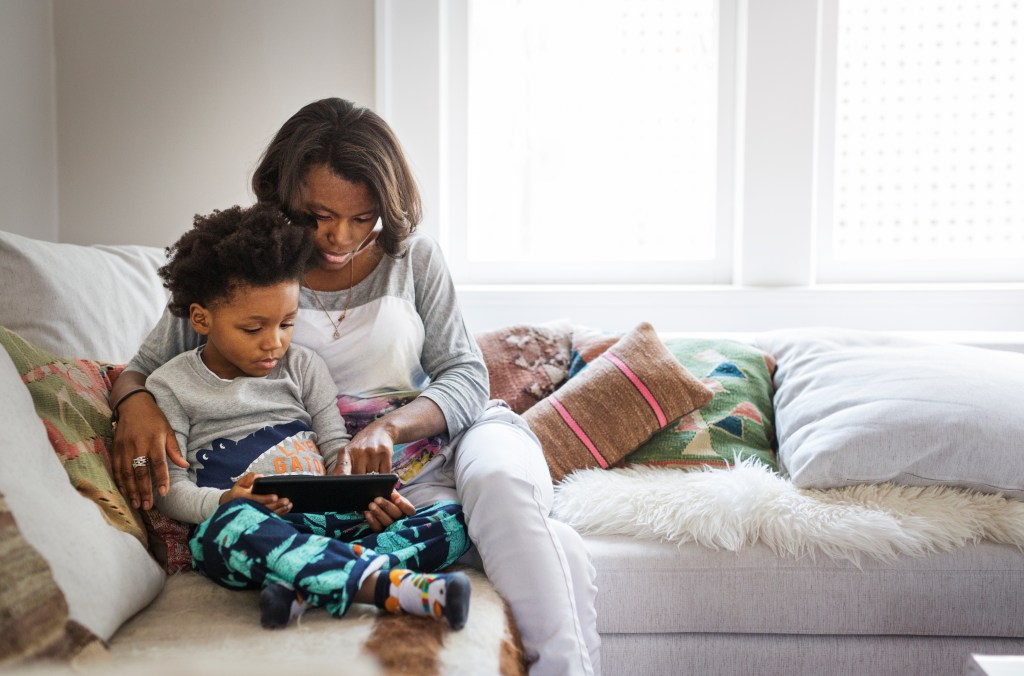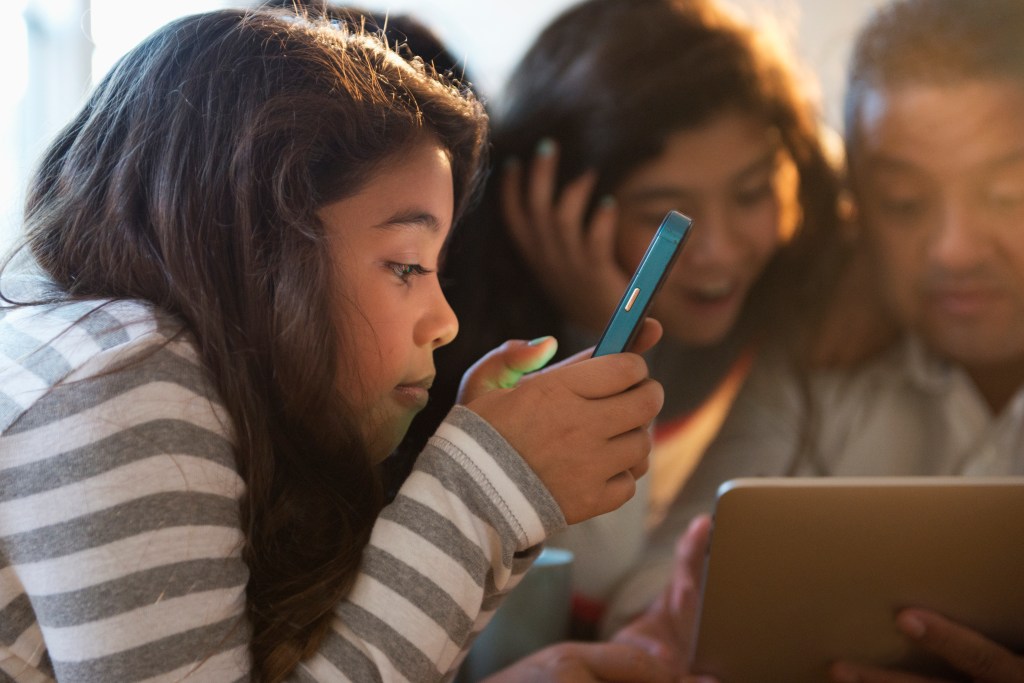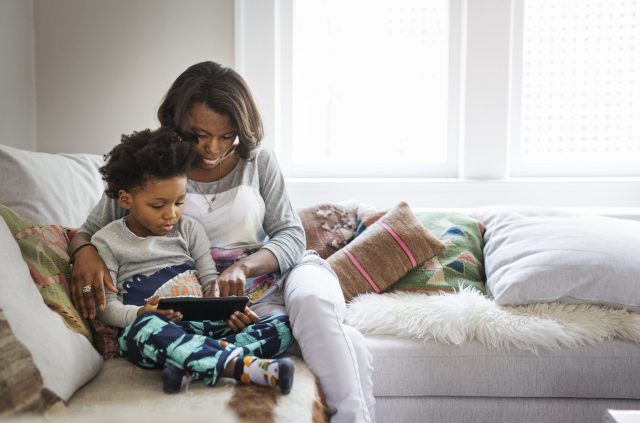We are constantly teaching our kids to make wise choices, from what to wear for the weather to how to play fairly with friends. In order to raise smart digital citizens, the very same motivation applies. If you’re wondering where to start, Google offers tools, resources, and tips to help parents teach kids about digital safety while giving them the autonomy to make smart online choices, too. Read on for five tips to live by before giving your child a phone or tablet.
Learn how Google’s Family Link app and Be Internet Awesome program can help your family make the most out of technology and build healthy digital habits!

1. Purchase a screen protector and a quality case beforehand.
Kids are rough on their toys, and the same will likely be true for the tablet or phone you are introducing to their free time. Find a durable case that can handle a few falls from the couch or the resilience required of traveling. Protective screens work in two ways as well, keeping the device intact while protecting your child’s eyes, skin and sleep rhythms from blue light.
2. Talk through rules, expectations and Internet safety.
We don’t give our kids a bike and simply say, Go for it! We provide gear to protect their bodies and the practice needed to ride all on their own. The same logic is true of a smart device. The Internet is full of useful information and knowledge as well as phishing, scams, cyberbullies, and more. As a family, learn about online safety in a fun and engaging way with Be Internet Awesome. The program will help your family learn how to communicate responsibly online, discern what’s real from what isn’t, safeguard personal information and when to turn to a trusted adult if something online doesn’t feel right or seem safe. Use the family guide and tips to help drive your conversations at home. With these digital fluency fundamentals, little techies can learn how to navigate the Internet in safe, smart and positive ways—a skill they will need throughout their schooling and development.

3. Point them to educational games and apps before giving them the device.
Kids won’t waste a minute exploring their tablet or the portals games and apps may open. Set them up for success by vetting several that you would be comfortable letting them play on their own. You can get started with Interland, Be Internet Awesome’s educational web game that makes learning about digital safety fun through play (teachers take note: additional free resources for educators are also available too!) In the game, fun characters lead you on adventures while imparting helpful knowledge about navigating the web. It’s a good one to play periodically as a family as well for a digital basics refresh. For additional guidance, we always love the ratings and age recommendation from our friends at Common Sense Media.
4. Get the Family Link app from Google to help your family learn responsible digital habits.
Let’s be clear: it’s almost impossible for you to control everything your kids do online (especially when they’re a certain age). Family Link provides tools for parents to kick start conversations about healthy digital habits. The parental controls app has a number of features to help families tailor the best online experience for their kids. What you can do: set daily screen limits or specific app limits, remotely approve or decline apps your kids want to download from the Google Play Store or approve in-app purchases, hide apps on your kid’s device, and block sites or only allow a curated set of sites to be visited. What you can’t do: read their text messages or see what they’re viewing.

5. Charge the device and set some limits before you give it to them.
Let the fun begin… and continue thanks to a fully charged device. Family Link’s functionality understands that limits are important, too. So it allows you to set bedtimes as well as a daily limit per day of the week. Once that set time expires, the device is locked (calling functionality will still work). And much like the parent’s handy sidekick, the timer, the pre-set limit—instead of mom or dad—ends the screen session and spares everyone a power struggle. Now that’s smart.
Have fun setting your child up for success online with a little help from Google!
— Jennifer Massoni Pardini
all photos courtesy of Google Kids & Families











